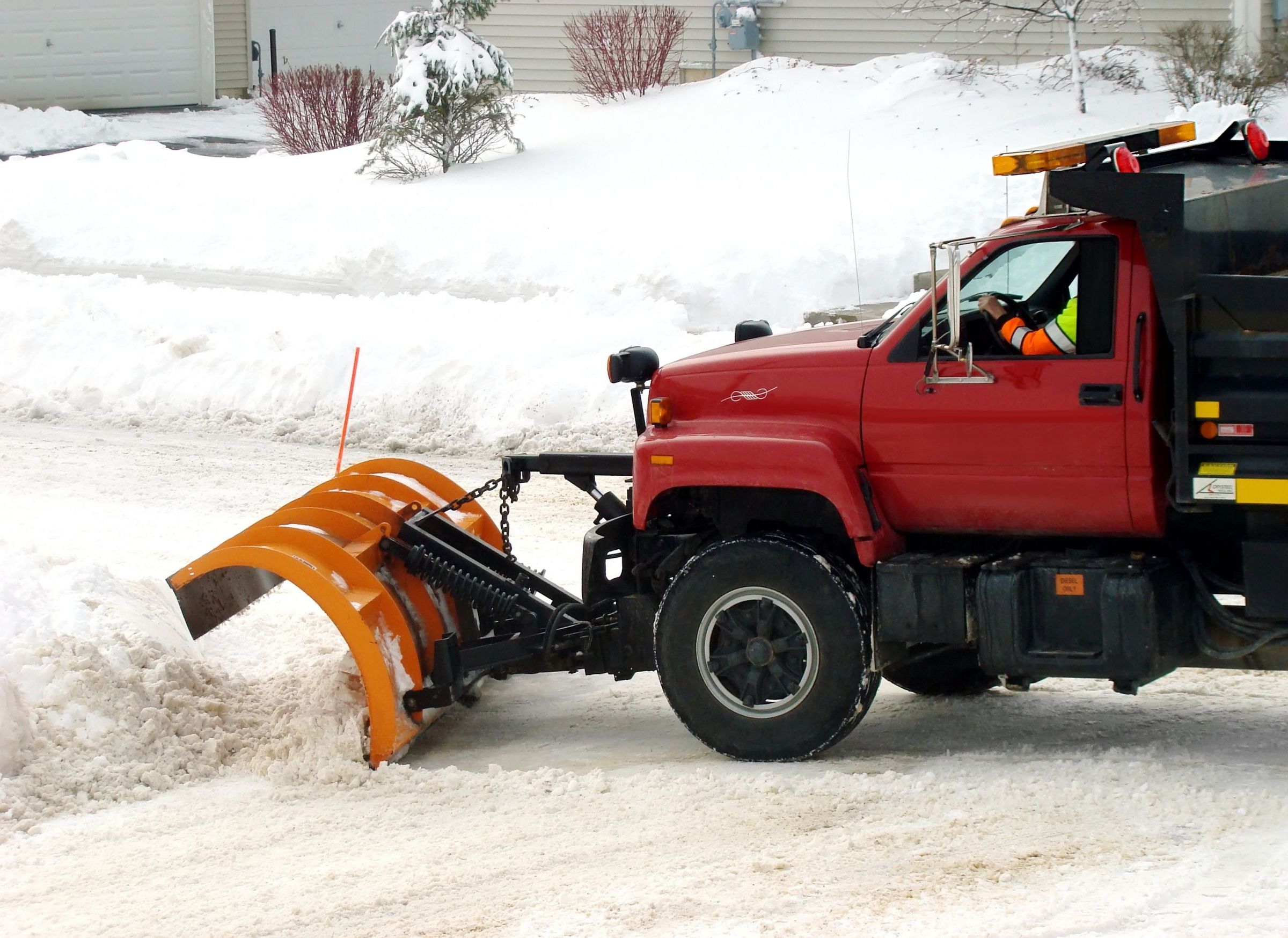Dust in any type of work environment is a health and safety factor that has to be addressed. Different options in dust control systems exist, all designed to limit the amount of dust released and recirculated throughout any environment.
While there are very elaborate and complex types of environmental control systems that focus on controlling dust indoors, for outdoor use most businesses will find the solutions are limited. Misting and fogging systems, while the often the simplest in design, are typically the most effective across any application.
To compare different options in dust control systems, compare each option against these four factors.
Initial Cost
With the more complex systems the initial cost, which includes both the actual system as well as installation, can be a considerable amount for a company. On the other hand, the misting systems can be relatively low cost for the initial purchase and installation, which makes them an ideal option.
Efficiency
Talk to the various manufacturers and dealers offering different commercial dust control systems and ask about the efficiency. Verify the size of dust particles the system is able to eliminate and under what conditions the system will have challenges in providing environmental controls.
Durability and Maintenance Requirements
Consider the long-term maintenance requirements and any issues with repair and wear and tear on the different options under consideration. The fewer the moving parts and the more basic the system, the higher the durability and the lower the maintenance.
Cost of Operation
Consider the long term or continual costs of operation with any environmental control systems that are effective for controlling dust. This will include the life cycle of the system, the typical cost of repairs and replacements of parts as well as the cost of operating the system with regards to the use of chemicals, filters, power and other types of ongoing costs.






